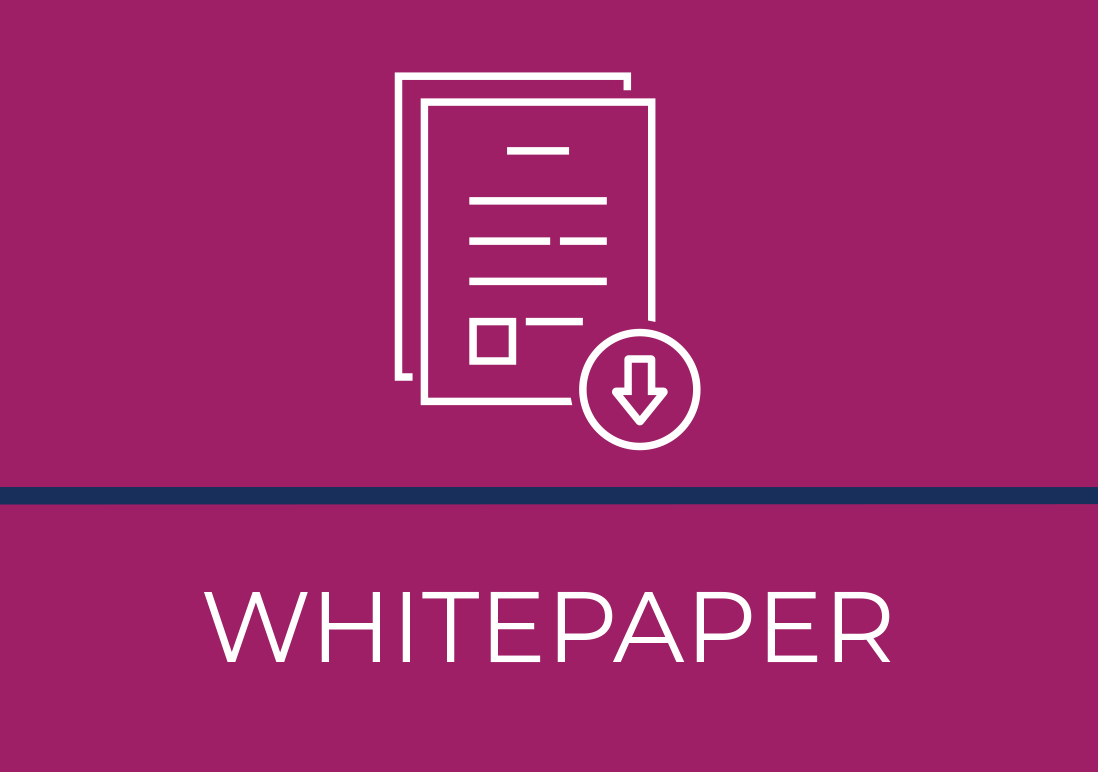Although an additional credential beyond a high school diploma is increasingly required for access to careers that pay living wages, students from low-income families are less likely than their peers to enroll in and complete postsecondary education. In Texas, dual credit programs, which offer students the chance to complete college courses at low or no cost while enrolled in high school, are a popular strategy for closing this opportunity gap.
This series of papers presents findings from a study of the benefits and challenges of dual credit from the perspective of educators, counselors, advisors, and students in urban and rural Texas communities.
Illuminating a Path to College: How Dual Credit Benefits Rural Students
Creating a Path to Success? Benefits and Challenges of Dual Credit for Urban Students


